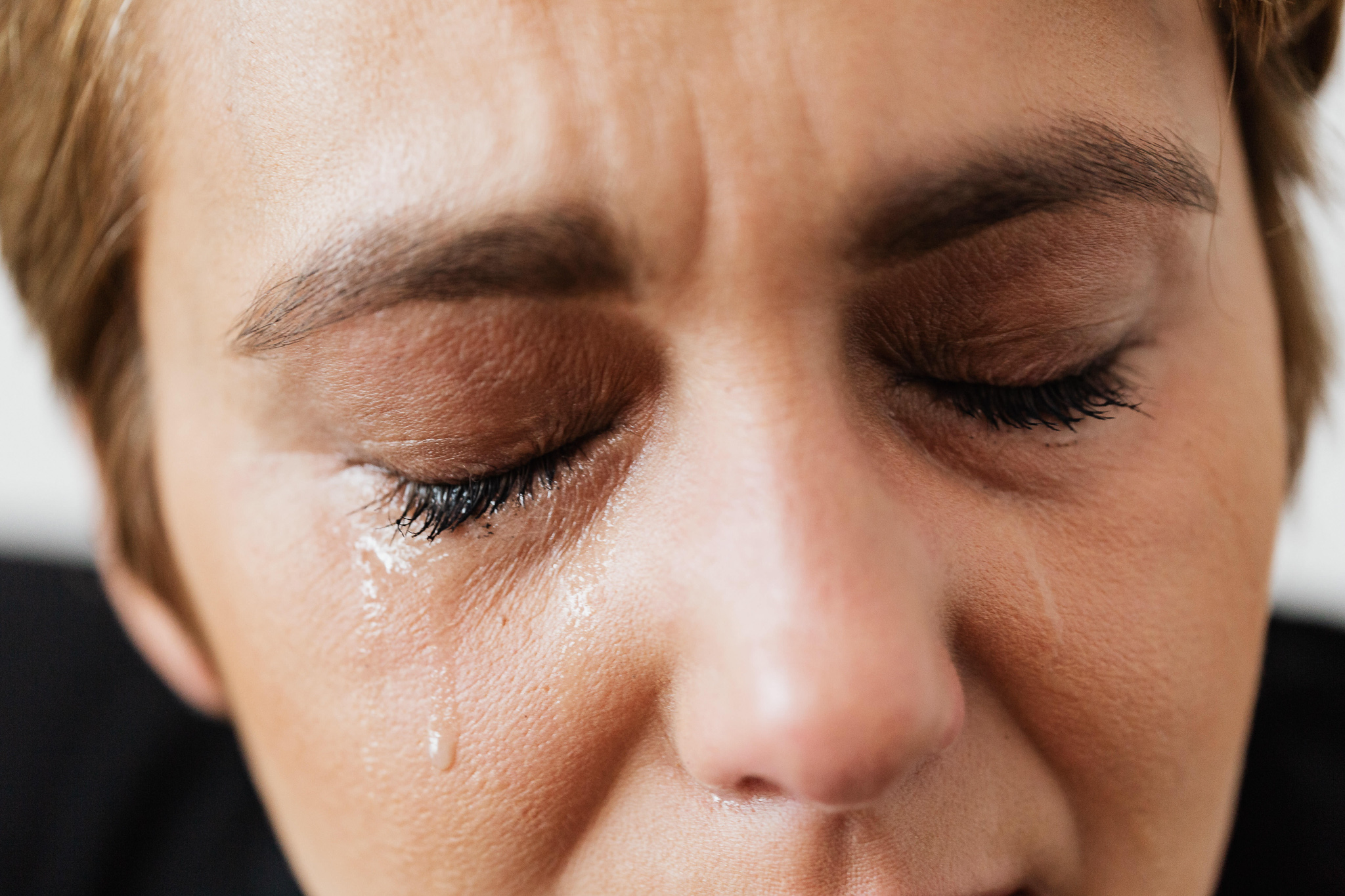![]()
Throughout history, women and children have been society’s most vulnerable members. The negative mental health effects of COVID-19 have been no exception. While contracting the virus has complications and lasting physical consequences of its own, the anxiety and mental burden of the pandemic have affected nearly everyone.
In a survey by the U.S. Census Bureau released in December 2020, more than 42% of respondents reported increased anxiety and depression, up from 11% the previous year. Forbes reported in an article released in September 2020, “Coronavirus Has Caused A Crisis in Women’s Mental Health,” that 27% of women had reported increased challenges to their mental health, including unpaid labor that led to stress about food, work and healthcare. Women were twice as likely to report that healthcare was more difficult to access during the pandemic.
Emily Moore, director of the Student Counseling Center at John Brown University, commented on just how difficult the pandemic has been on women’s mental health.
“Generally, women have been disproportionally bearing the brunt of staying at home with kids who aren’t at school, and a large percentage of women are also employed outside the home. Many women are doing two jobs,” Moore said. “For a lot of women and parents, they haven’t had the option to leave the home to work without childcare.”
Not only are these symptoms being felt now, they will impact the future. “There has been a huge drop in pregnancy rates, and when people are trapped at home, typically nine months later there is a bump. But that is not the case here,” Moore said. “There is going to be a birth-rate drop from these last two years that will be a part of the demographic for a long time.
Mental healthcare professionals have been concerned about young people during the pandemic, according to Pew Research. High levels of distress are being felt by adults ages 18 to 29 as the isolation due to quarantine and need for social interaction is felt more than other ages. Further, unmarried, low-income women in this age group are the most likely to report high distress.
Some studies of mental health reflect improved mental health in children. “They are home with their parents … Suicide rates in teenagers and children are down significantly. For some, this feels really good–not being in school full-time and not having the added social pressure,” Moore said.
In students who were falling behind educationally, those effects are only being exaggerated. “Some students are at home with well-educated parents where you are getting help and enrichment. If your parents are barely hanging on and don’t feel the confidence to educate you, these are our underserved kids.”
To help fight negative mental health effects of COVID-19, Moore recommends doing a few things each day. “If I could get every single student to be in bed and asleep by 11:30 p.m. and up by 8 a.m., working out for an hour, spending time outside and regularly deeply connecting with a couple of people, our mental health baseline would be much better.”
A University of Oxford study has found that 1 in 3 people who contracted COVID-19 was diagnosed within three months with a psychiatric disorder such as anxiety, depression or insomnia. “That is consistent with what we are seeing at the counseling center,” Moore said.
Slightly less than a third of the JBU students who have tested positive for COVID-19 have later reported experiencing some of these mental health issues at the counseling center. “Even though symptomatically, in college students, COVID-19 tends to be less of a big deal, they still experience the same neurological and mental effects.”
“We are embodied creatures and God has allowed us to experience the world in bodies. So, we experience our feelings both in our brains and in our bodies,” Moore said. “In terms of healthy ways of coping, I encourage both students and clients to stop and be still and pay attention to the feelings happening in our brain and our body because sometimes we feel stress and anxiety in our bodies but not really call it that in our minds.”
Photo by Karolina Grabowska from Pexels





